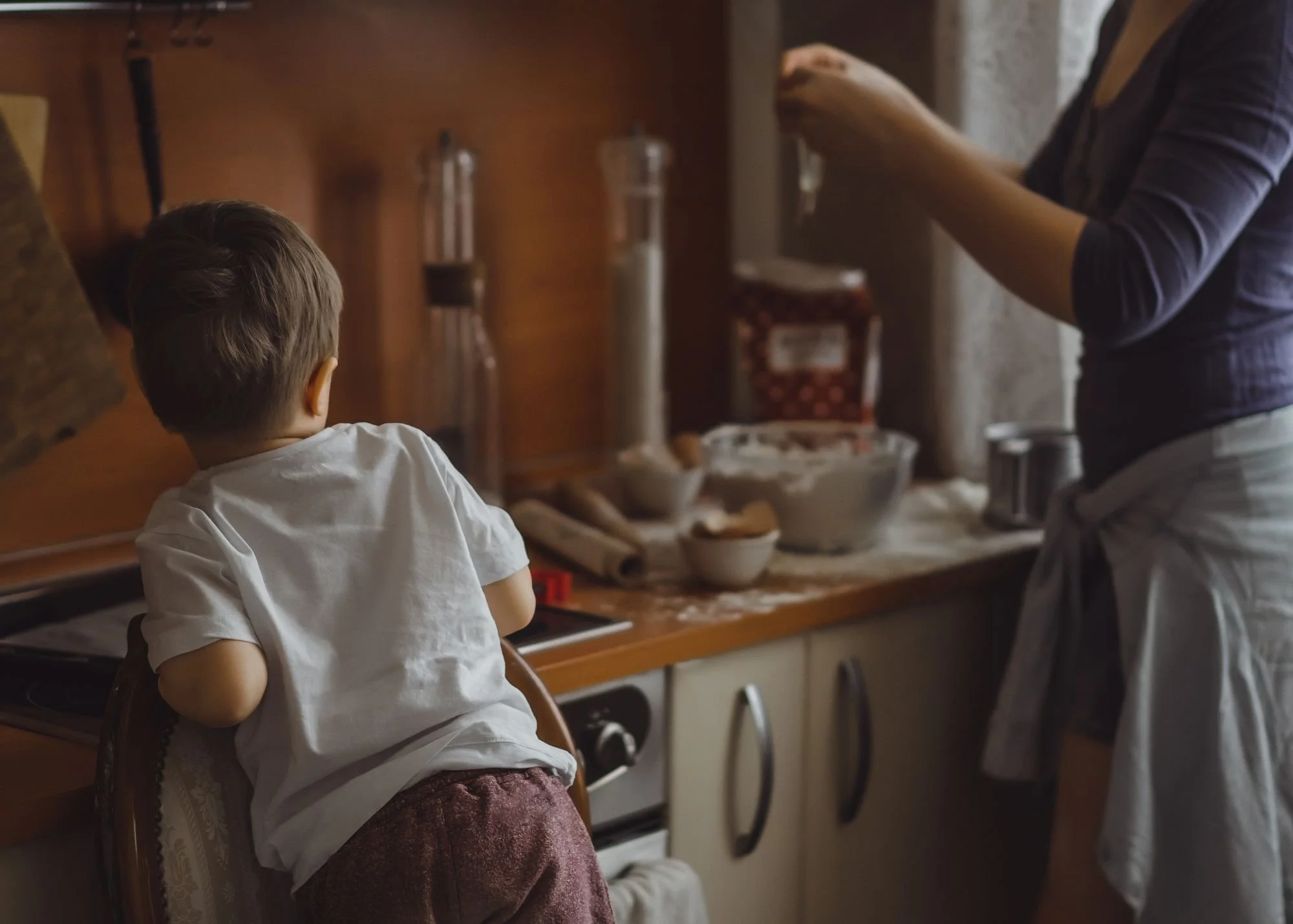Don’t Just Say “You’ll Be Fine”: What Actually Helps When School Anxiety Takes Over
A quiet moment at home - where safety, not pressure, helps anxious children settle.
When your child tells you (again) that they can’t go to school, it hits you in a place that’s hard to explain.
The panic.
The tears.
The begging.
The shutdown.
And you’re standing there - heart racing - not knowing what to say that won’t make it worse.
I’ve lived that moment more times than I can count.
Getting my daughter through school refusal was one of the hardest things I’ve ever done… even with a university background in mental health. So I cannot imagine how overwhelming and isolating it feels for parents who are trying to navigate this without support or knowledge.
That’s why I created this space - to pay forward the help we desperately needed.
And today I want to gently walk you through something that changes everything:
Why “You’ll be fine” doesn’t work - even when you mean it with love.
Why “You’ll Be Fine” Doesn’t Help an Anxious Brain
When a child is overwhelmed, their nervous system isn’t operating from a calm, logical place.
They are in survival mode.
And when the survival brain takes over:
the thinking brain goes offline,
logic can’t land,
and reassurance feels like pressure - not comfort.
So even though “You’ll be fine” is loving and well-intentioned, an anxious child’s body can’t absorb it. Their brain hears:
“Don’t feel what you’re feeling.”
“You should be coping.”
“You’re not safe.”
Not because that’s what you mean - but because their system is alarmed.
What they actually need in that moment is safety, co-regulation, and grounding - the opposite of pressure.
What Helps Instead: Five Nervous-System-Safe Shifts
These are gentle principles that help you show up in a way their overwhelmed body can absorb.
1. Acknowledge what’s happening
Validation lowers the alarm.
It says:
“You’re not in trouble.”
“You’re not wrong.”
“You’re not alone in this feeling.”
When the body is in distress, simply feeling understood softens the intensity.
2. Normalise the experience
Shame fuels anxiety.
When kids believe they’re “the only one” who feels this way, panic escalates.
Normalising removes the sense of danger and helps them understand:
“Big feelings don’t mean something is wrong with me.”
3. Shift into gentle, practical support
Not fixing. Not forcing.
Just helping them feel a tiny bit more capable in the moment.
This is where you move from:
“What’s wrong with you?” →
to
“What’s one small thing we can do together right now?”
You’re not giving solutions.
You’re helping their body feel less alone with the problem.
4. Offer one small, safe next step
When a child is overwhelmed, big steps feel impossible.
Small steps calm the nervous system.
This is not about getting them to school.
It’s about helping their body come out of shutdown.
Tiny steps build momentum - and safety.
5. Reassure in a way their body can absorb
Not “School is fine.”
Not “You’ll be okay.”
Not “There’s nothing to worry about.”
But rather:
“I’m with you.”
“We’ll go slowly.”
“You’re safe with me.”
This type of reassurance builds trust, not pressure.
Why These Steps Matter
These small shifts aren’t about “fixing” the morning.
They’re about calming the body that’s screaming:
“I don’t feel safe.”
When kids feel safer, their thinking brain comes back online.
When the thinking brain is online, they can engage.
When they feel supported - not controlled - they can move forward, slowly but steadily.
And with repeated experiences of safety, their nervous system begins to store new patterns.
Not fear → but capacity.
This is what changed everything for our daughter.
She once missed more than 100 days of school in a single year.
Her mornings were filled with panic, tears, shutdown, and overwhelm.
No amount of logic, pep talks, or “consistency” helped.
But when we shifted to a nervous-system-first approach, she slowly rebuilt trust - in her body, in us, and in the world.
Today she’s thriving in the university degree (and campus) of her first choice.
Recovery is possible.
And it doesn’t happen through pressure.
It happens through safety, understanding, and small, supported steps.
You’re Not Doing It Wrong - Their Body Is in Alarm
If “you’ll be fine” hasn’t worked …
If mornings are getting harder …
If you feel like you’ve tried everything …
Please hear this:
You’re not failing.
Your child is not being defiant.
Their nervous system is overwhelmed - and there is a way through that feels calmer for both of you.
If you want the exact scripts, steps, and nervous-system-safe plan we used …
That’s what I created the School Refusal Recovery Toolkit for.
Inside, I walk you through:
the exact language that calms an anxious brain,
step-by-step morning support strategies,
what to do in shutdown, panic, or freeze,
the small-steps framework for rebuilding attendance,
and the nervous-system-based plan we used to help our daughter go from 100+ missed days to thriving.
All laid out clearly, gently, and without pressure.
You don’t have to figure this out alone.
Your next calmer morning can start today.
